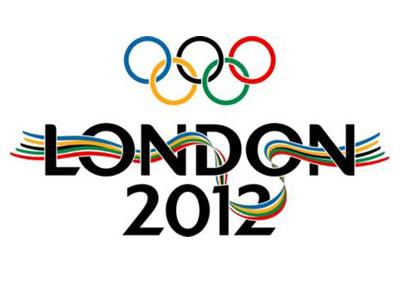
Image from bolegaindia.com
From the Summer Olympics held in China four years ago, we remember iconic buildings like the Bird’s Nest stadium and the bubble-textured Water Cube swimming center, eye-catching structures that distracted us from the fact that the Olympics are a logistical and infrastructural nightmare. The athletic facilities to house the actual sporting events are a priority but host cities must also ask themselves if they have enough hotels and transportation hubs to accommodate the influx of people from around the world. And each city that hosts the Games undoubtedly wants to put its best foot forward for visitors and cameras, highlighting landmarks and upgrading aspects that may detract from its image. A recent edition of Architectural Record shows the effects of London 2012 on the great city with a feature entitled “London Now.”
London sought to escape a dilemma that many cities face when planning for the Olympics. The aforementioned Bird’s Nest is now mainly a tourist attraction and the Water Cube has been turned into a failed water park. London’s strategy was to use the Olympics almost like a stimulus package for East London (where the Olympic Park is located) and for the city as a whole. The coming of the games pushed expensive projects like the Shard (by famed architect Renzo Piano and now the tallest building in London) and London Bridge Station to completion to give new life to an area called Southwark. The process of upgrading London’s infrastructure was expedited as improvements were made to the Tube at key stations like Green Park, which is near Buckingham Palace, and Farringdon, which will be the connecting site for the Crossrail and Thameslink railways. And historic King’s Cross Station (a name which Harry Potter fans undoubtedly recognize), got $880 million for a project to install a massive hemispherical section to decongest the crowded station. A cable-car running 300 feet above the Thames was also built, as was a $347 million extension of the Tate Modern galleries, which house art by Matisse, Dali, Munch and others.
Most important for the municipality was the rejuvenation of East London, which was once home to London’s docks, shipbuilding industry and working class. Today, many immigrants live there. The first move was to connect the long difficult to access area to the rest of London. This was done with Stratford International Station, which will eventually be a connecting hub for a rail line to Europe. The goal for this year’s Olympics was to eliminate wasteful construction. This was done in a variety of ways like holding the beach volleyball events on temporary platforms near Buckingham Palace. East London, the site of the Olympic Park, also features many temporary structures. The main Stadium will seat 80,000 during the Olympics but parts can be removed to scale that number down to 25,000. The Aquatics Center is built in such a way that its wings can be removed to lower its capacity from 15,000 spectators to 2,500. The Aquatics Center will later serve the community in East London and the Athlete’s Village will eventually be converted into around 3,000 mixed-income apartments. And the Basketball Arena, built on a steel frame and covered in a PVC membrane, will be dismantled entirely. The materials from these projects can be used on other construction or recycled. Finally, the recently erected Westfield Stratford City, the largest shopping center located in a city within the EU, will offer 9,500 jobs to the East London area.
Architectural Record identifies Barcelona (host of the 1992 Olympic Games) and Atlanta (host of the 1996 Olympic Games) as two cities that did it right. The former used the Olympics as a reason to improve transit systems, renovate plazas and make its cultural aspects more visible, becoming a destination for tourists and improving economically. The latter used $1.8 billion to improve infrastructure. Its sports teams and Georgia Tech currently use the facilities that were constructed for the Olympics. How London emerges from the 2012 Olympics remains to be seen, but given the ingenuity and pragmatism with which the municipality has prepared to host the Games, London will probably be even greater than before.

